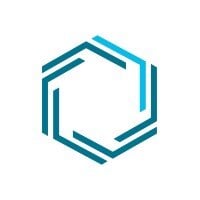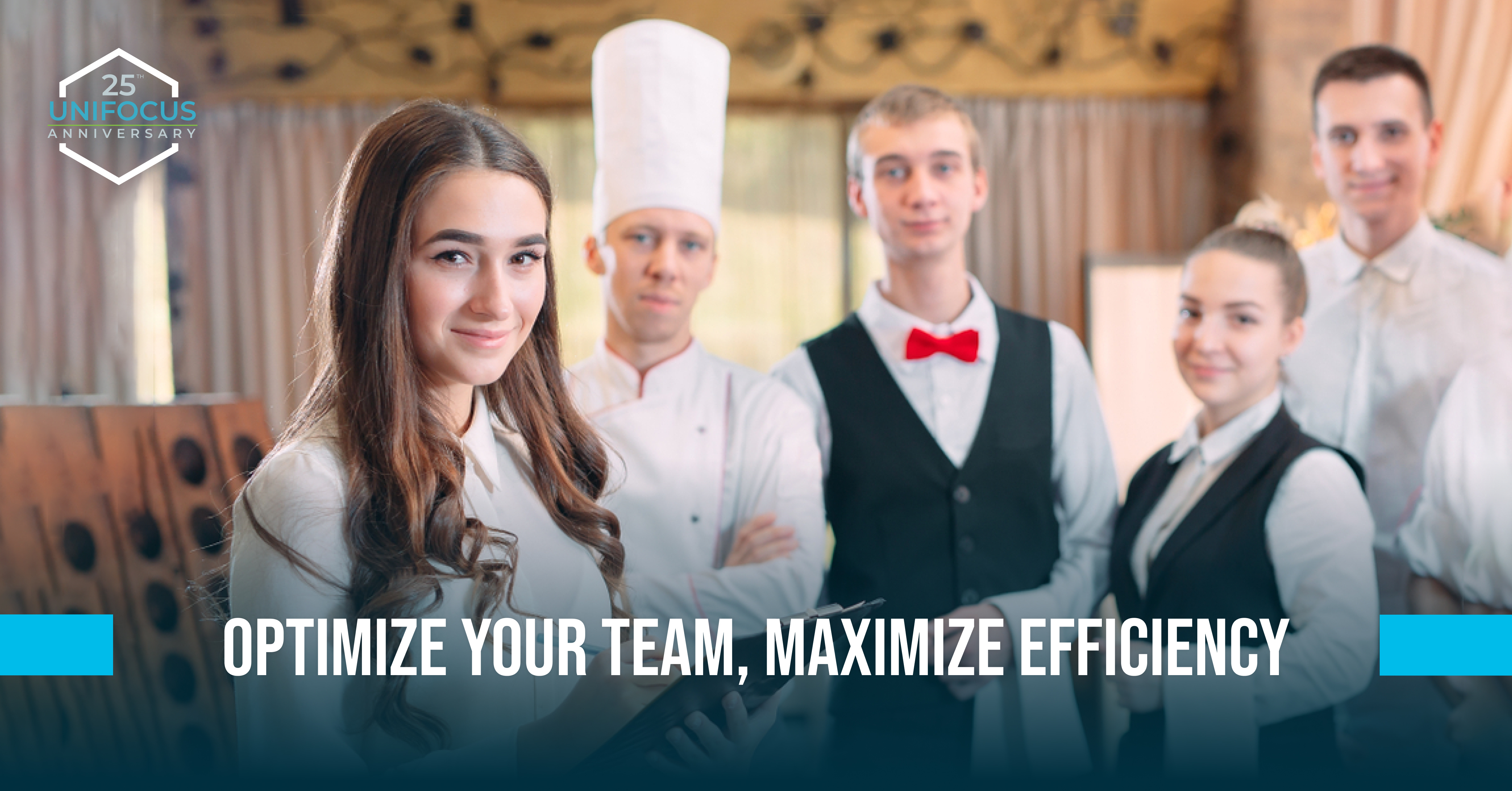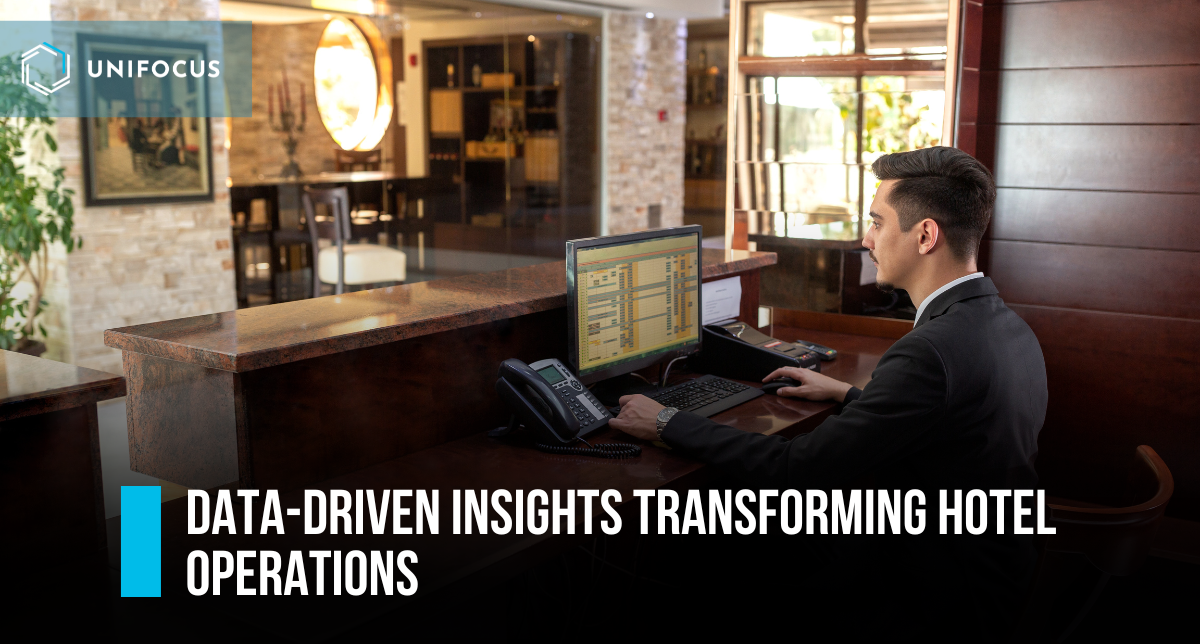Labor costs represent one of the largest expenses for hospitality businesses, often consuming a significant portion of the operating budget. At the same time, employee performance is directly linked to guest satisfaction, which drives repeat business and positive reviews. To thrive, hospitality leaders must strike a delicate balance—managing costs without sacrificing service quality.
Achieving this balance isn’t just about cutting expenses or hiring more staff. It requires a strategic approach that combines smart staffing practices with a focus on employee engagement and operational efficiency. In today’s fast-paced environment, the use of technology, such as advanced workforce management systems, plays a pivotal role in optimizing both labor costs and performance.
This blog explores key strategies to manage labor costs effectively while enhancing employee performance, ensuring that hospitality businesses remain competitive and maintain exceptional guest experiences.
Understanding the Cost-Performance Balance
Balancing labor costs with performance involves more than simply managing staffing levels—it requires a data-driven approach to decision-making. In the hospitality industry, unpredictable guest demand makes it challenging to staff correctly without either overstaffing (which increases costs) or understaffing (which harms service).
Effective cost management is about precision. It means having the right number of employees at the right time, ensuring that staff are fully utilized while maintaining the high level of service that guests expect. Performance, on the other hand, is measured through key performance indicators (KPIs) such as guest satisfaction, service delivery times, and overall productivity.
By integrating workforce management systems, hospitality managers can gain valuable insights into both cost and performance metrics. This integration helps ensure that decisions made regarding staffing levels align with financial goals and service standards, fostering an efficient, high-performance operation.
Integrating Technology for Optimal Results
To truly balance labor costs and performance, advanced workforce management technology is essential. Platforms like Unifocus offer powerful tools that allow managers to streamline key processes such as scheduling, time tracking, payroll integration, and performance monitoring—all of which contribute to operational efficiency and financial control.
Here’s how these technologies can transform labor management in hospitality:
Automated Staff Scheduling
-
Demand Forecasting: Predicting staffing needs based on historical data helps avoid overstaffing or understaffing during peak and off-peak times. This level of precision allows managers to schedule the right number of employees based on actual demand, keeping costs in check while maintaining service quality.
-
Dynamic Scheduling: Automated scheduling systems can respond in real-time to changes in demand, enabling quick adjustments without the hassle of manual updates. This flexibility is crucial in the hospitality industry, where guest needs can fluctuate daily.
-
Shift Swapping: Employee autonomy is also enhanced through features like shift swaps, which allow staff to manage their own schedules within the system. This fosters a sense of control over their work-life balance, leading to higher job satisfaction and reduced turnover.
Time and Attendance Integration
-
Accurate Timekeeping: Time and attendance systems integrated with payroll ensure accurate tracking of hours worked, preventing payroll errors and reducing the risk of time theft. This is particularly important for staying compliant with labor laws and ensuring employees are paid accurately and on time.
-
Compliance Monitoring: Automated systems help ensure that hotels comply with wage and hour laws by calculating overtime, breaks, and other regulations automatically. This reduces the risk of costly labor disputes and fines.
Performance Tracking and Employee Engagement
-
Real-Time Performance Monitoring: Workforce management tools offer real-time visibility into employee performance. Managers can track service times, guest feedback, and task completion, allowing them to identify top performers and those who may need additional support.
-
Goal Setting and Feedback: Performance management features allow for clear goal-setting and regular feedback, ensuring employees stay engaged and motivated. This proactive approach to performance tracking can lead to better guest experiences and a more productive workforce.
-
Centralized Communication: Communication platforms integrated within workforce management tools ensure that staff are aligned with daily goals, upcoming events, or any immediate needs. This helps reduce miscommunication and ensures smooth operations across the board.
Employee Self-Service Portals
-
Self-Service Flexibility: One of the key benefits of modern workforce management platforms is the empowerment of employees through self-service portals. Employees can view their schedules, request time off, and access payroll information at any time, improving transparency and boosting morale.
-
Mobile Access: With the ability to access workforce management systems via mobile devices, employees and managers have the flexibility to make real-time decisions, whether they’re on the floor or off-site.
Real-Time Data for Informed Decision Making
Real-time data analytics allow hospitality managers to make proactive decisions rather than reacting to problems after they occur. Workforce management platforms collect and analyze data from multiple sources, providing a comprehensive view of labor costs, employee performance, and operational efficiency.
-
Labor Cost Monitoring: Real-time cost tracking helps managers stay on top of labor expenses, identifying cost-saving opportunities as they arise. This immediate visibility into labor costs ensures that managers can make adjustments quickly, preventing budget overruns.
-
Operational Efficiency: By optimizing resource allocation based on real-time data, hotels can maintain high service levels without overspending on labor. This not only improves guest satisfaction but also enhances overall operational efficiency.
-
Proactive Management: Predictive analytics allow hospitality businesses to anticipate demand surges and adjust staffing levels in advance. This proactive approach prevents service disruptions and ensures that the right staff are available to handle high-demand periods, such as during events or peak seasons.
Managing Labor Costs Without Compromising Performance
Balancing labor costs with employee performance doesn’t mean compromising one for the other. Instead, it requires smart, strategic decisions backed by technology that allows for real-time adjustments and precision. By utilizing workforce management solutions like Unifocus, hospitality managers can streamline their operations, optimize labor costs, and improve overall service quality.
Through tools like automated scheduling, time tracking, and real-time performance monitoring, managers can ensure that staffing levels are aligned with demand while keeping labor costs under control. This enables hotels to deliver high-quality guest experiences without overspending on labor—a win-win for both guests and the bottom line.
Managing labor costs while maintaining high performance is an ongoing challenge. However, with the right strategies and tools in place, this balance is achievable. Workforce management solutions provide the insights and automation necessary to optimize operations, enhance employee performance, and control labor costs—all while ensuring that guests receive exceptional service.
By leveraging technology and data-driven insights, hospitality businesses can navigate the complexities of labor management, improving both their operational efficiency and financial health. Investing in these solutions is not just about cutting costs—it’s about creating a thriving, engaged workforce that delivers the kind of service that keeps guests coming back.






